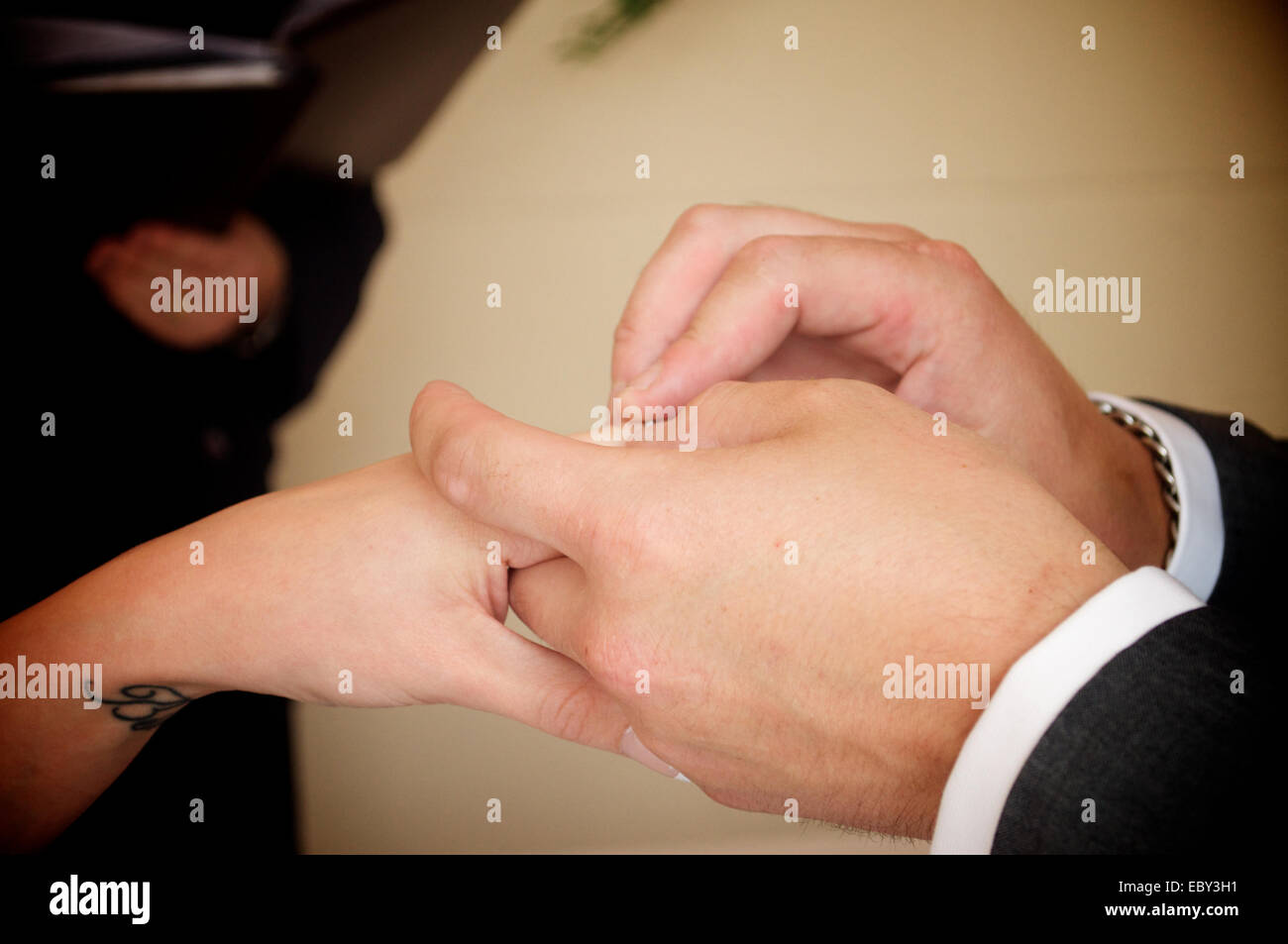
The marriage was an Institution that was at the heart of the life of the Vikings, so that weddings were major events that marked the change of social status, and the Status was passed through the marriage brought about. The Vikings also had a culture of celebration and festivals were very important to strengthen the community. And a wedding was a good excuse for a feast! From the high times of the Vikings is not known much, and how each of the weddings were, depended on where you were when you found in the Viking time, and also from the wealth and the social status of the families involved.
We take a look at some of the things we know about the ideas and rituals of Viking weddings, including things like vows, the exchange of rings, special dances and Drinking pretty much Met.
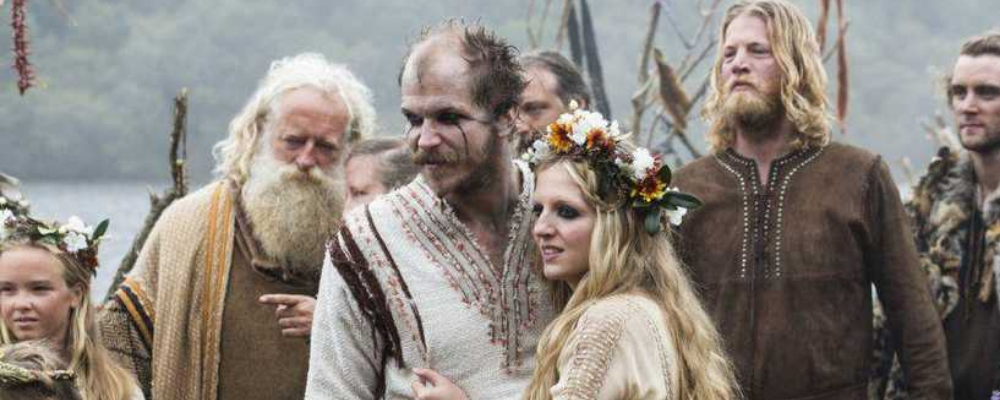
Generalization of the Vikings weddings
Before we begin, we would like to warn of a generalization of the Vikings weddings. While some elements of the wedding of fundamental importance, such as, for example, the sanctification of the Federal government with reference to Thor, and other elements not of fundamental importance.
If you read about Viking weddings, you can often find instructions on elaborate ritual Badepraktiken and the exchange of swords. But these special rituals were limited to the Elite. As we have already mentioned several times, were able to afford most of the Vikings, not a sword, as they were both in the Material as well as the craftsmanship is very expensive.
But it is in the nature of history that we will have more information on the Elite than the ordinary people. It was written about kings and chieftains, and their magnificent houses and tombs have left more certificates than the modest homes and graves of the common people.
All of the elements of the Vikings wedding, which we will consider in the Following, therefore, are to be seen in context. These are things that would have been carried out by the Elite. The ordinary Vikings has probably left out many of these rituals, or in a much more modest framework carried out.
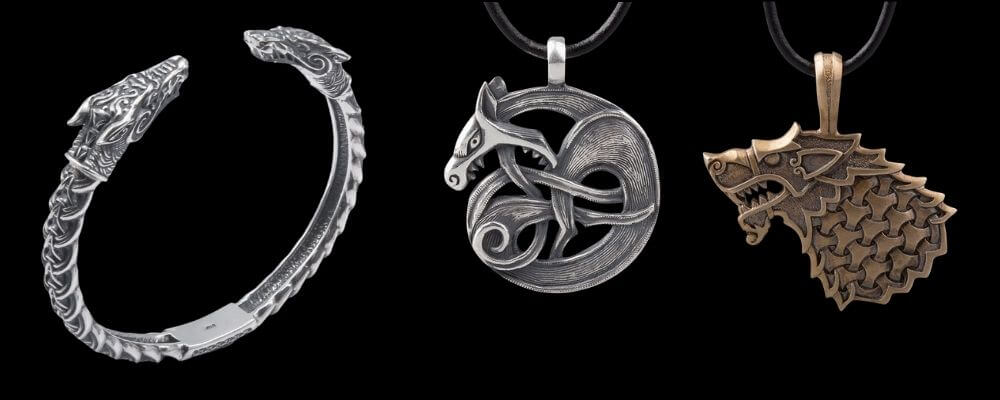
Vikings-love marriage?
Even though there are always exceptions to the rule, were the marriages of the Vikings, in General, not to marry for Love.
The marriage was to bring together two families in order to increase the Status and richness of each other’s family, and to control the reproductive process, in order to secure the inheritance.
Although the feelings of the young couple were most likely completely out of Eight, but financial considerations and alliances had priority.
Especially the women of the Viking age may have had little say in their own marriage. Women were largely seen as property of their fathers, their It is significant that a husband had the right to kill an adulterous wife and her lover while there were for men who had relationships outside of marriage, not a punishment.
Women had the right to a divorce, which was a relatively simple process in which you summon witnesses and divorced had to explain, but, in reality, a divorced wife to return to her parents ‘ house, so that it was difficult for them to leave her husband without the support of their family.
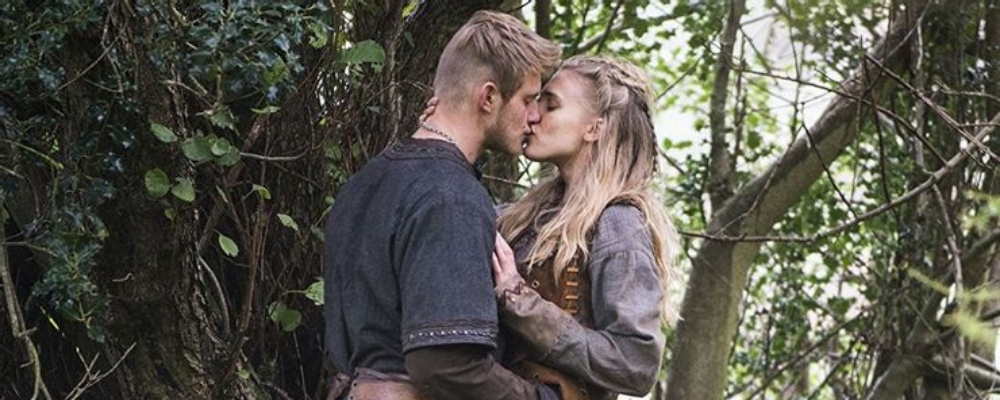
Marriage negotiations
Since it was the marriage largely a business transaction, it is not surprising that it required a lot of negotiation. Marriages had long-lasting legal consequences in relation to property and Inheritance.
Usually, the groom’s family meets, first, to agree on the financial assets of the groom and beyond what is provided by the parents of the groom as a wedding gift (You would also have to consider what kind of a dowry would you ask the bride’s family and to accept what this would be ready.
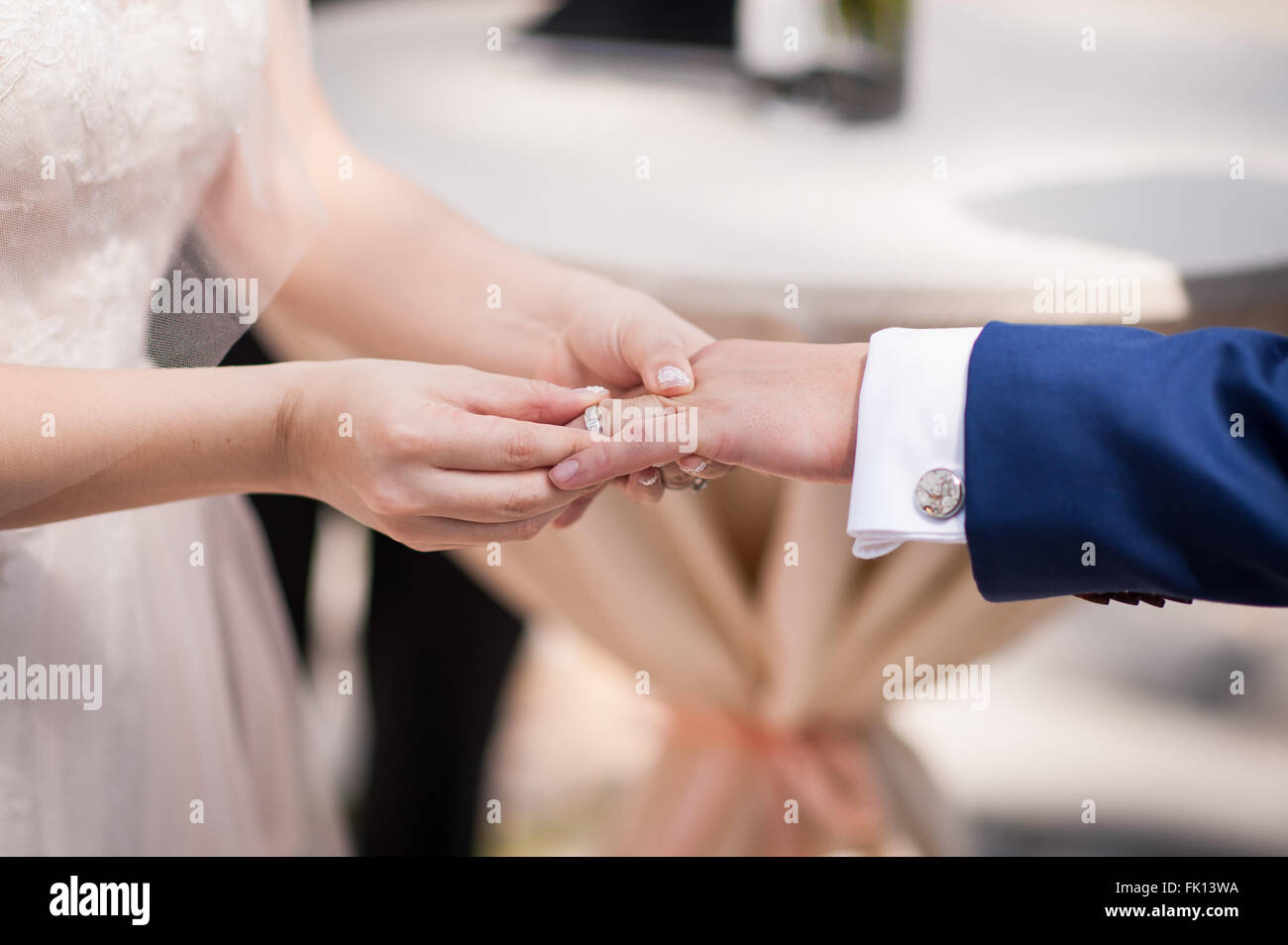
The groom and the important male members of the family of the groom would submit to this proposal, then the father or guardian of the bride. If Conformity were more or less effective, and the conditions more or less acceptable, were able to clarify the two families, the last Details.
From the sources shows that in the 11th century. Century of the minimum of the bride price in Iceland for eight ounces of silver, and in Norway in 12 ounces of silver was. But here, too, is unclear to whom exactly this rule would have applied, and who would have them.

Setting a date
Once we had agreed on everything, was used to define the family of an appointment. The wedding took place in the rule on Friday instead, as of this day of Frigg, wife of Odin and goddess of wives and marital duties, was sacred.
Great for weddings that have been held by the Elite, would have comprised several days with feasts. And even more modest weddings could take several days, if family and friends were on a long journey to the wedding to attend, and therefore, for a while remained.
The planning of a big wedding can take a lot of time, not least to ensure that there is enough food and beer for all of the guests are available.
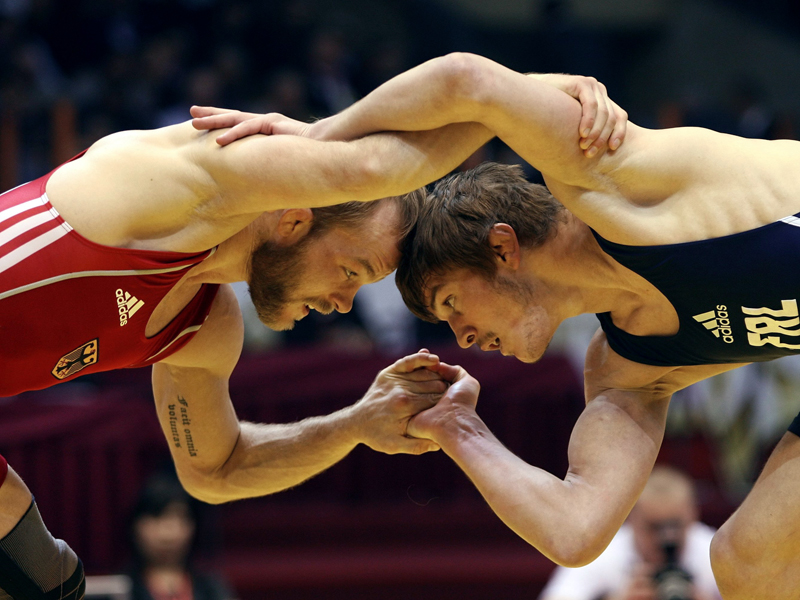
According to some sources, the planning of weddings, it can take up to a year.
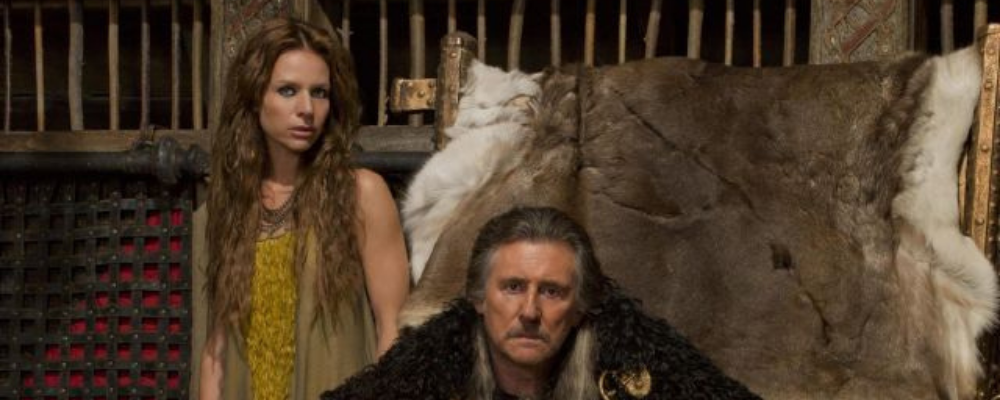
Stag and hen parties?
Although there are no records about the young Viking grooms have been taken to strip clubs, or brides-to-be disguised with costumes, but the Vikings seem to have their own versions of stag and hen parties had. Before the wedding the bride and groom were separated, with the bride’s female family members and friends, and the groom of male family members and friends, it was accompanied.
Both parties then perform rituals that can help the bride and the groom, and her life as a young and on their life as a Couple to prepare.
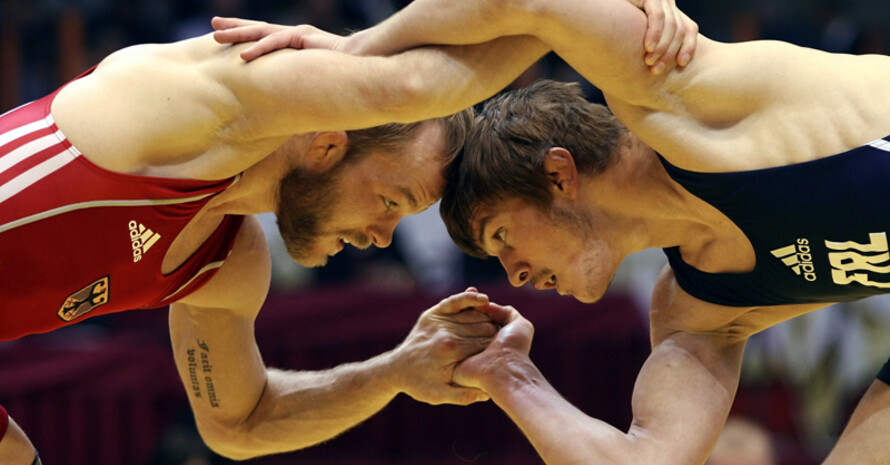
There are records of young brides, take steam baths to open your pores and then cold baths to close your pores. Probably there were other beautification rituals, the bride on the big day.
In the meantime, there are stories that suggest that the grooms do a bit of mischief, similar to the bachelor of today. A bridegroom is supposed to be a break-in at a family plot to steal an ancestral sword.
The Wedding Dress
There is no evidence that the bride or groom special clothes wore, for example, white dresses for the bride-to-be, but it seems traditions in relation to the bride’s hair to give.
The girl wore her hair long and flowing, complemented with a Bridal crown made of leaves and flowers. In the later Scandinavian period, they were replaced by silver crowns, which were normally kept as heirlooms in the family.
There are indications that at least some of the grooms during the wedding ceremony, a family sword of your ancestors wore. This is not the case on all of the Vikings, but when the family owned a prestigious weapon was worn possibly by the groom as part of the ceremony.
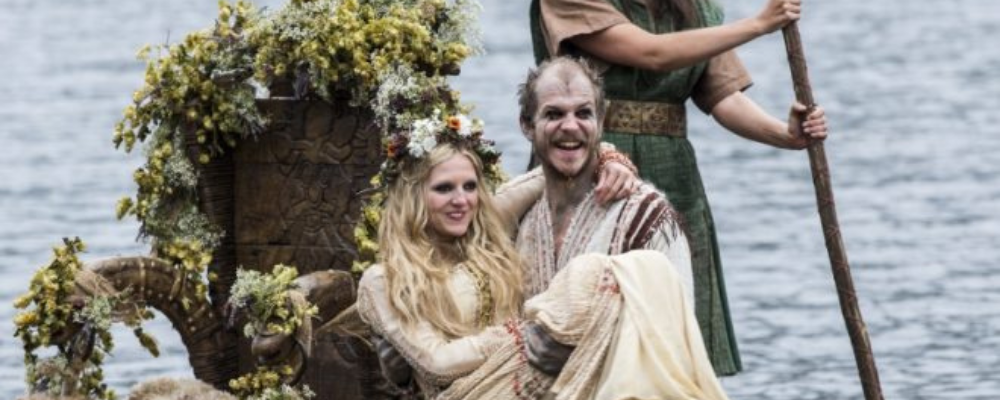
The Ceremony
The actual ceremony would begin only when the bride price and dowry were officially been in front of witnesses to be replaced. It is only when the business was done, was able to begin the religious ceremony.
A selected Elder of the community took on the role of the public official. In the case of the Vikings, there were no Instead, community leaders acquisitions in the case of need for this role.
You began to draw the attention of the gods to bless the Union with a victim. Traditionally sacrificed to Thor, a goat, Freya is a Sow, and Freyr, a wild pig or a horse.
Which animal was eaten is always sacrificed, and later at the feast, the blood was dispensed into a Cup, and, in some way dedicated to. A bundle of pine branches was then dipped in the blood and used to sprinkle the Couple with the blood, in order to receive the blessing of the gods.
At this time, the bride and groom exchanged may keepsake. There are stories from the later Scandinavian-time, in which the bride and groom to exchange swords, or even rings.
The Party
After the ceremony, the Feast was held, of course, the family of the bride and groom hosted together for their families and the community. It was the first Time that the group met under the terms and conditions of your new social Alliance.
Some stories suggest that the parties of the bride and groom had to run back to the bet, to the place of the wedding, and that the one who had to serve as the last one arrived, the other party for the Rest of the night beer. Even if the details of the games have varied, were such innocent competitions are likely to be common.
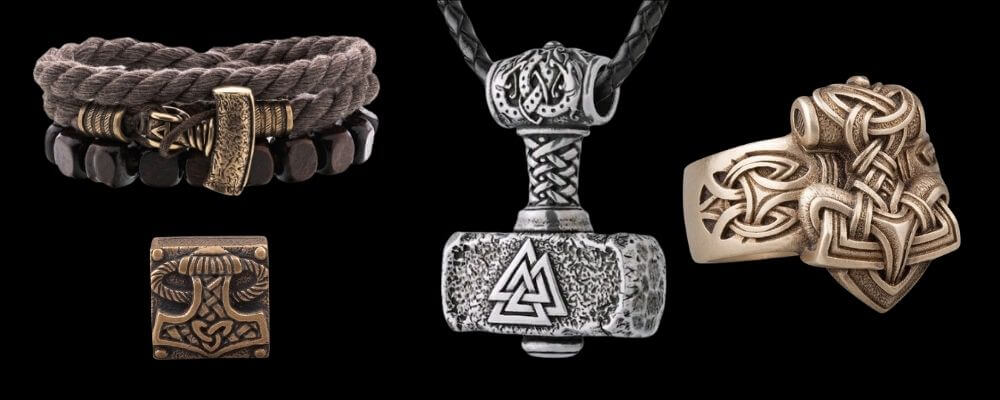
At some point during the Feast, it was Thor’sHammer is summoned to the Association and the new social Arrangement to bless. In some cases, this has been brought to this purpose, a Simulacrum of Mjolnir, while in other cases, the invocation of the hammer was purely metaphorical.
What seems to be, however, in the case of all the Wedding usual, was the extensive Drink! The family had to provide sufficient brew the bride-to-be to keep all those present for a few days in a good mood.
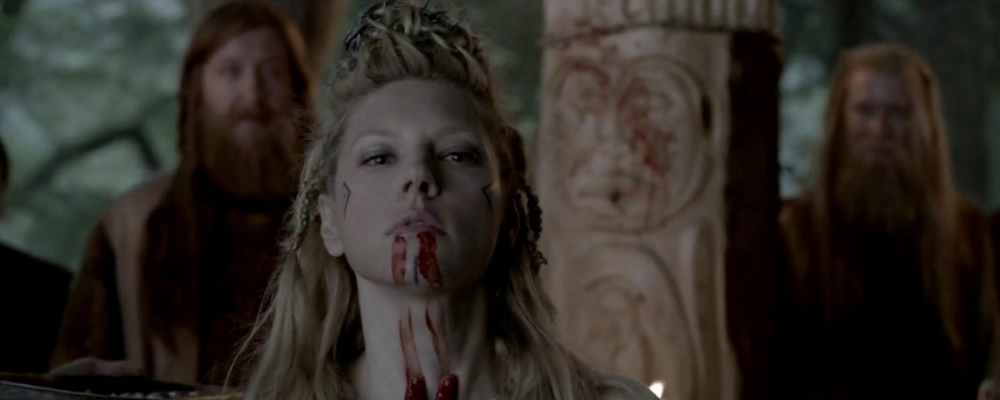
Completion
In the old European cultures, it was quite common that the execution of marriages had to be witnessed. It is unclear what is included in this testimony carefully, for example, whether the witnesses in the room had to be present, or just in the vicinity, in order to know what was going on.
In the later Scandinavian culture, it was common that six witnesses to the confirmation of the marriage were required. This practice is also likely to be among the Vikings there.
You can still like a Viking to get married?
Many followers of the Asatru Religion and Fans of Viking culture, in General, decide today, after the Viking age traditions to marry. How, exactly, these weddings appearance, depends, since there is no strict Standard for Viking weddings.
The most Important thing is that you have to call the Norse gods, in order to bear witness to their connection, and bless, and that you get involved with the Viking spirit in the heart of the new adventure.
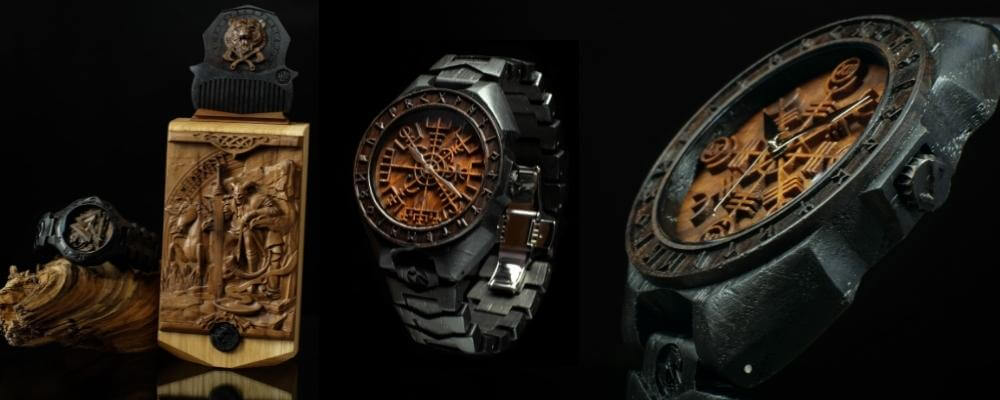
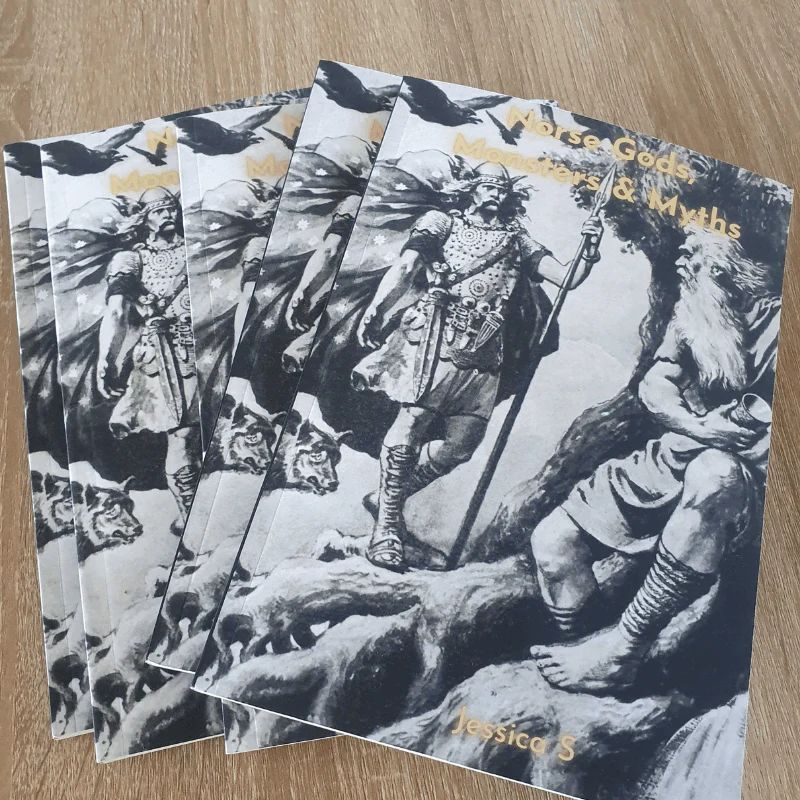
Get Your FREE e-Book
Norse Gods, Monsters & Myths